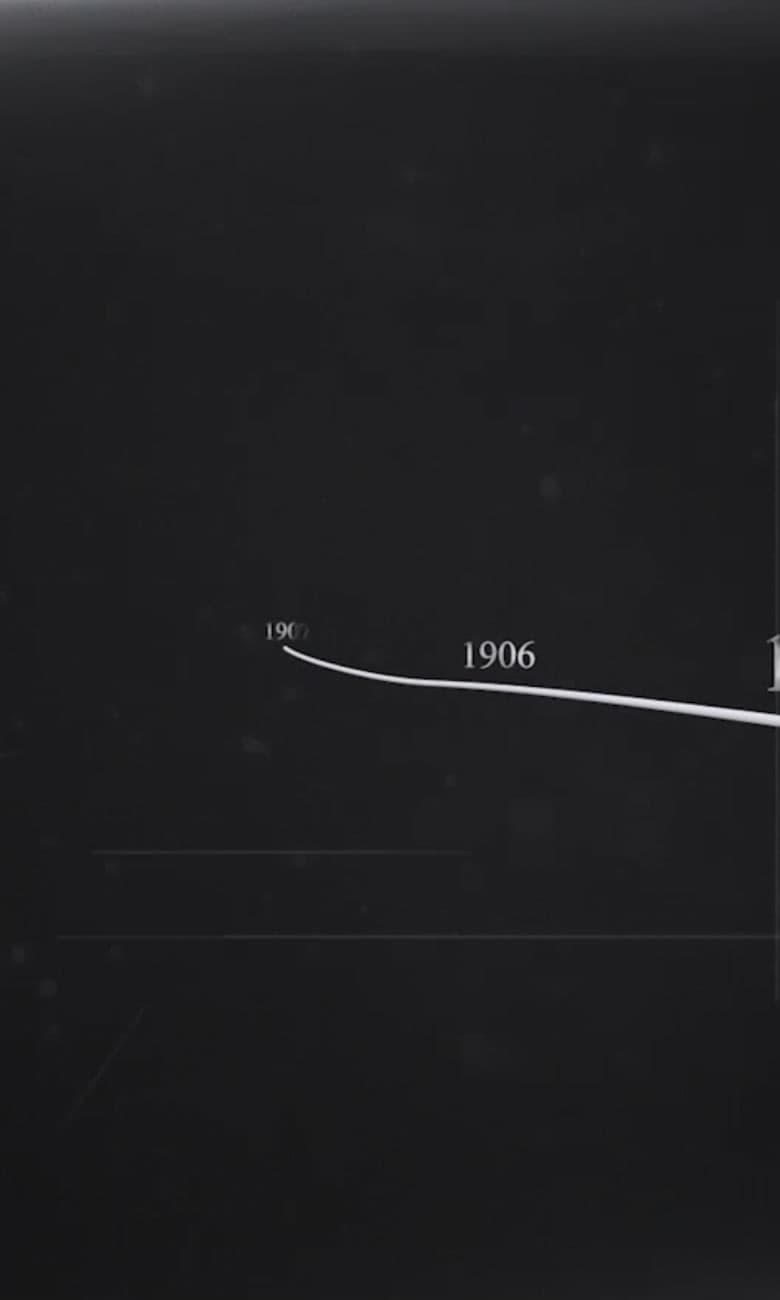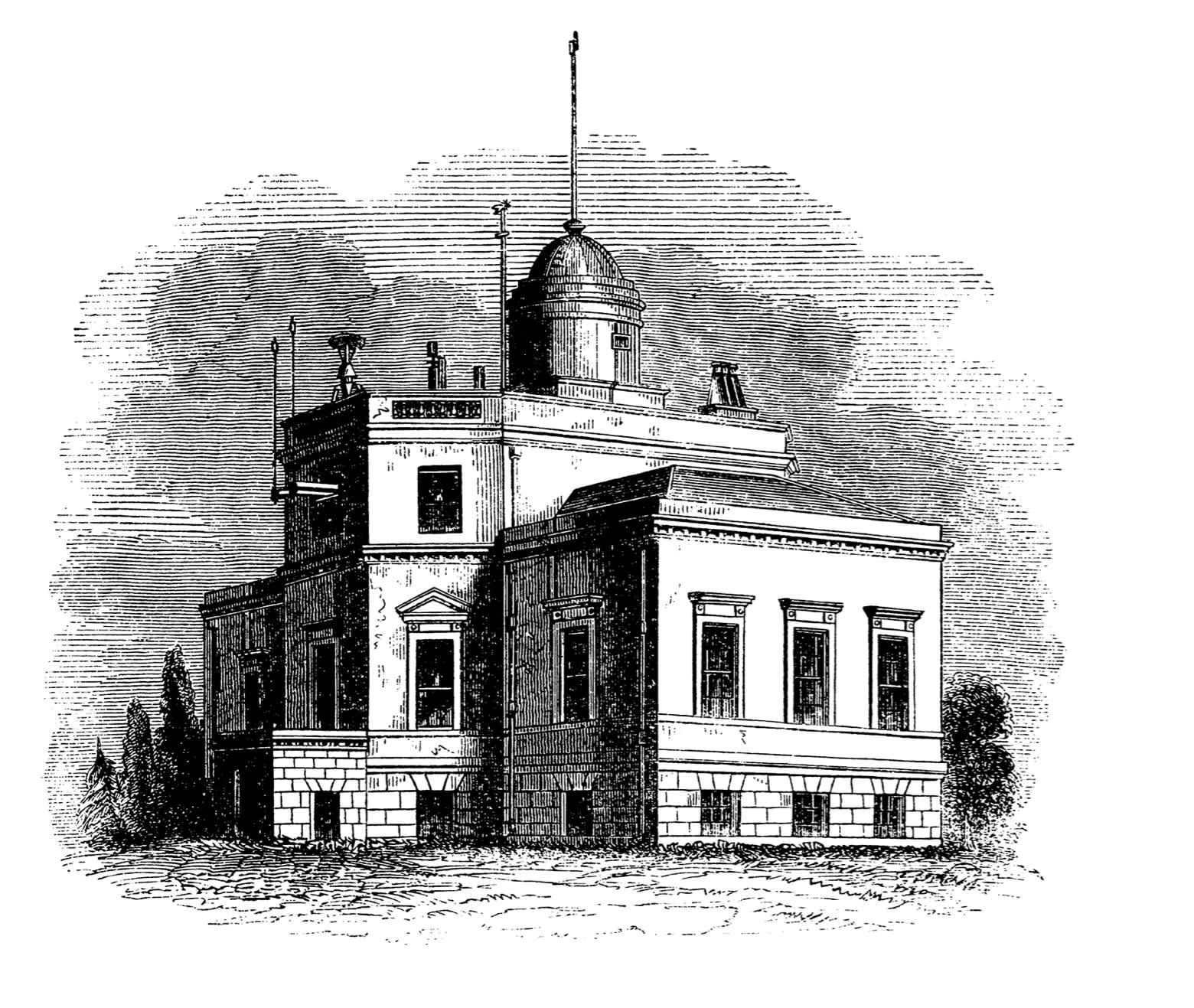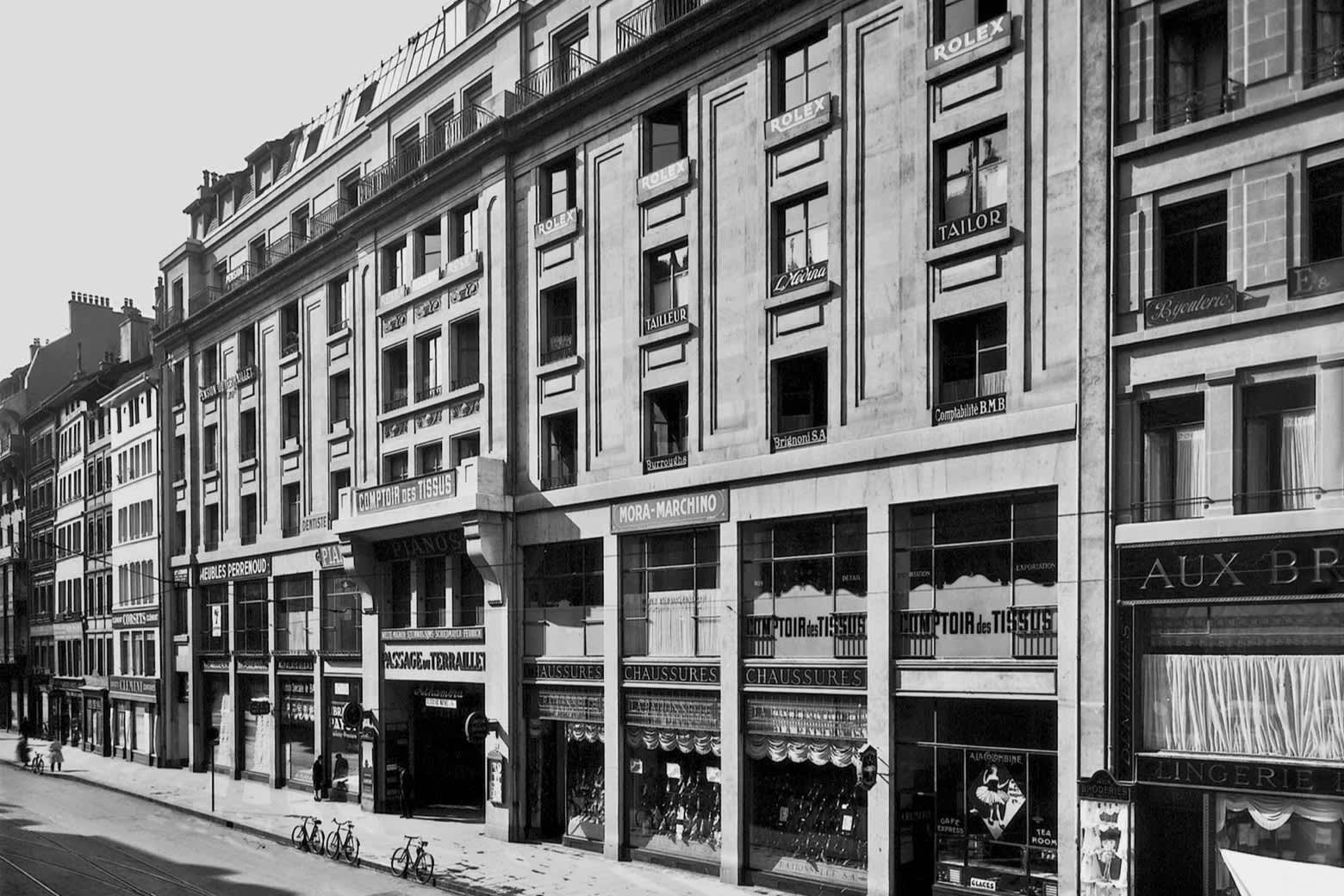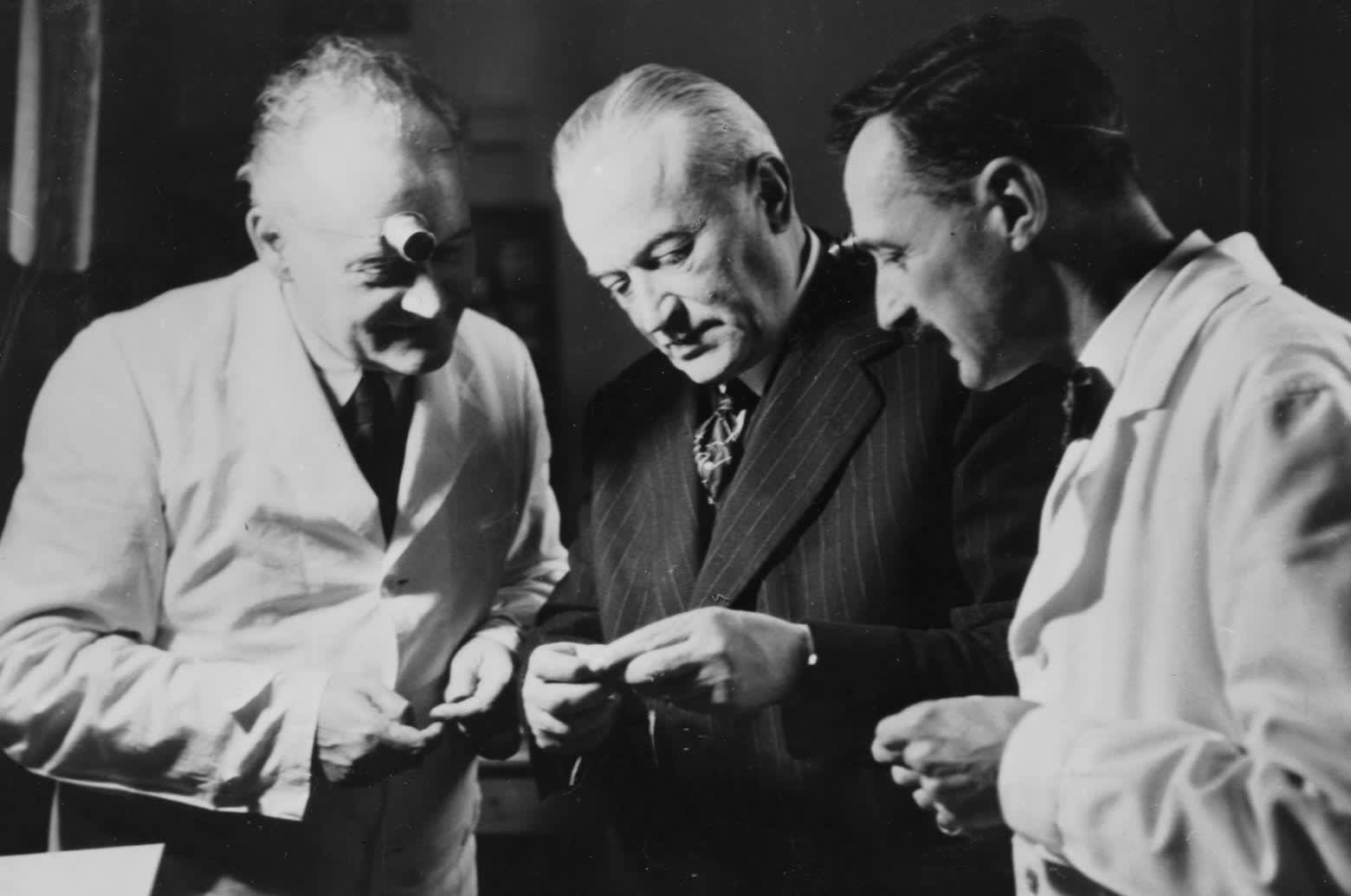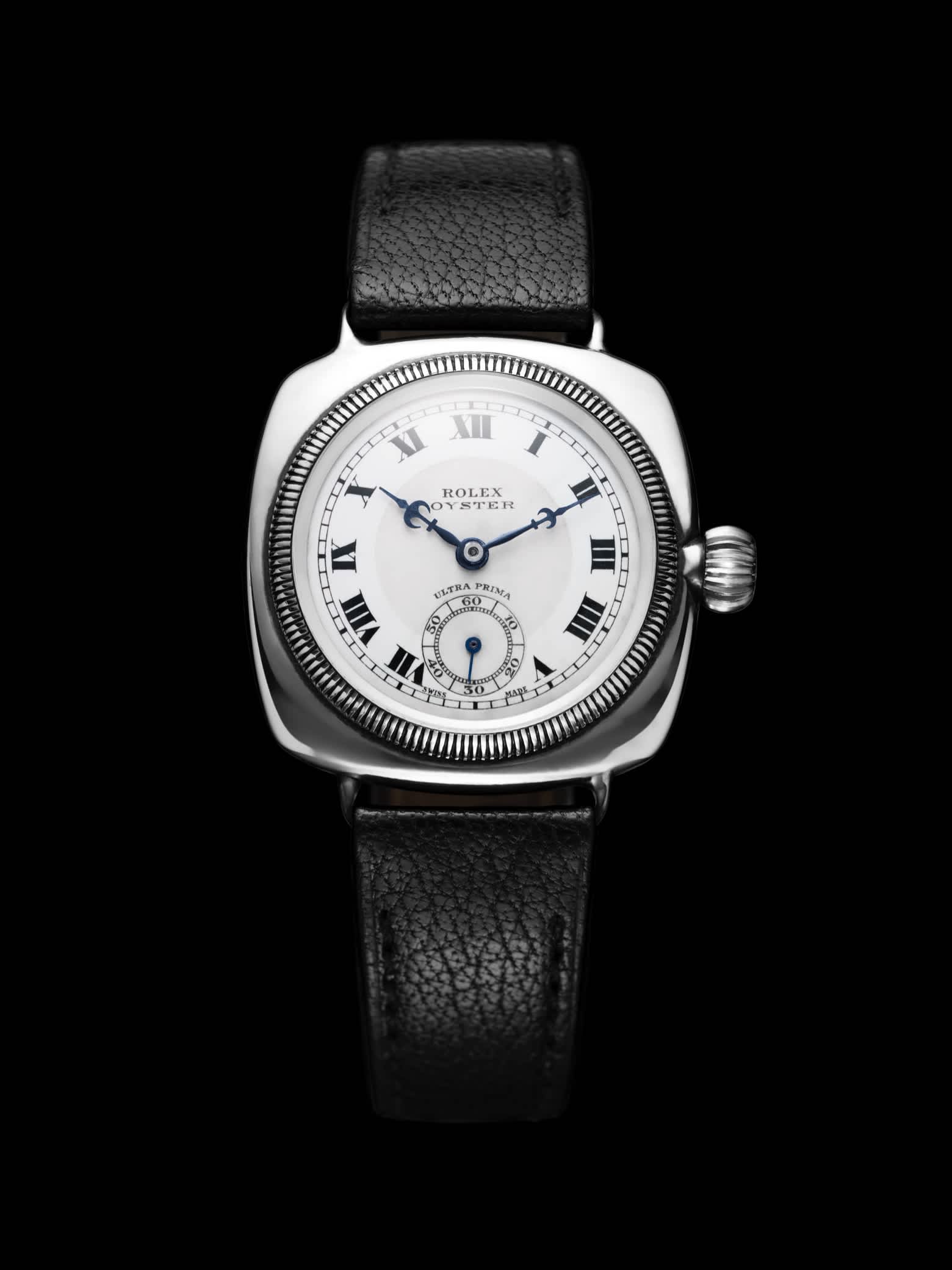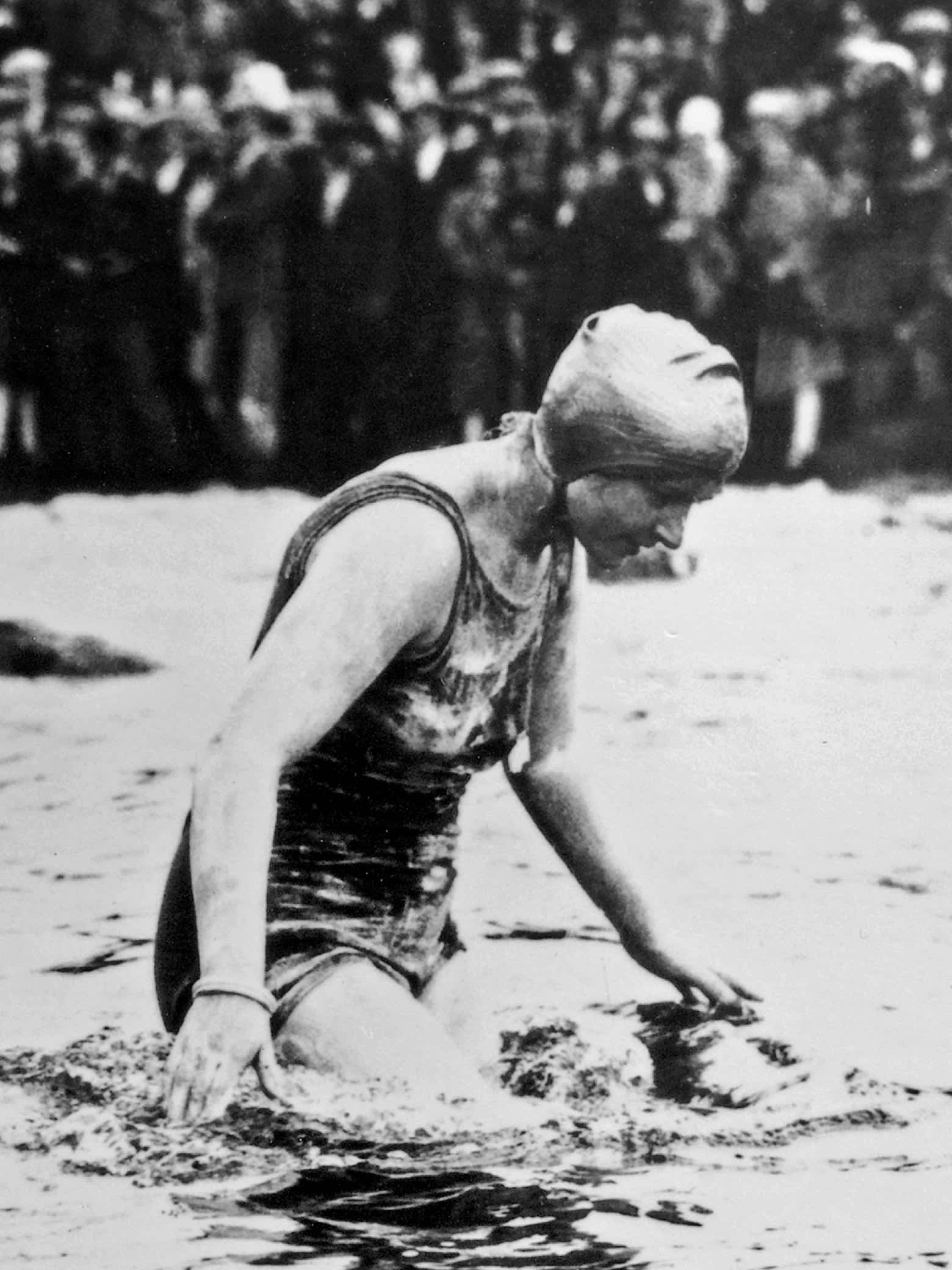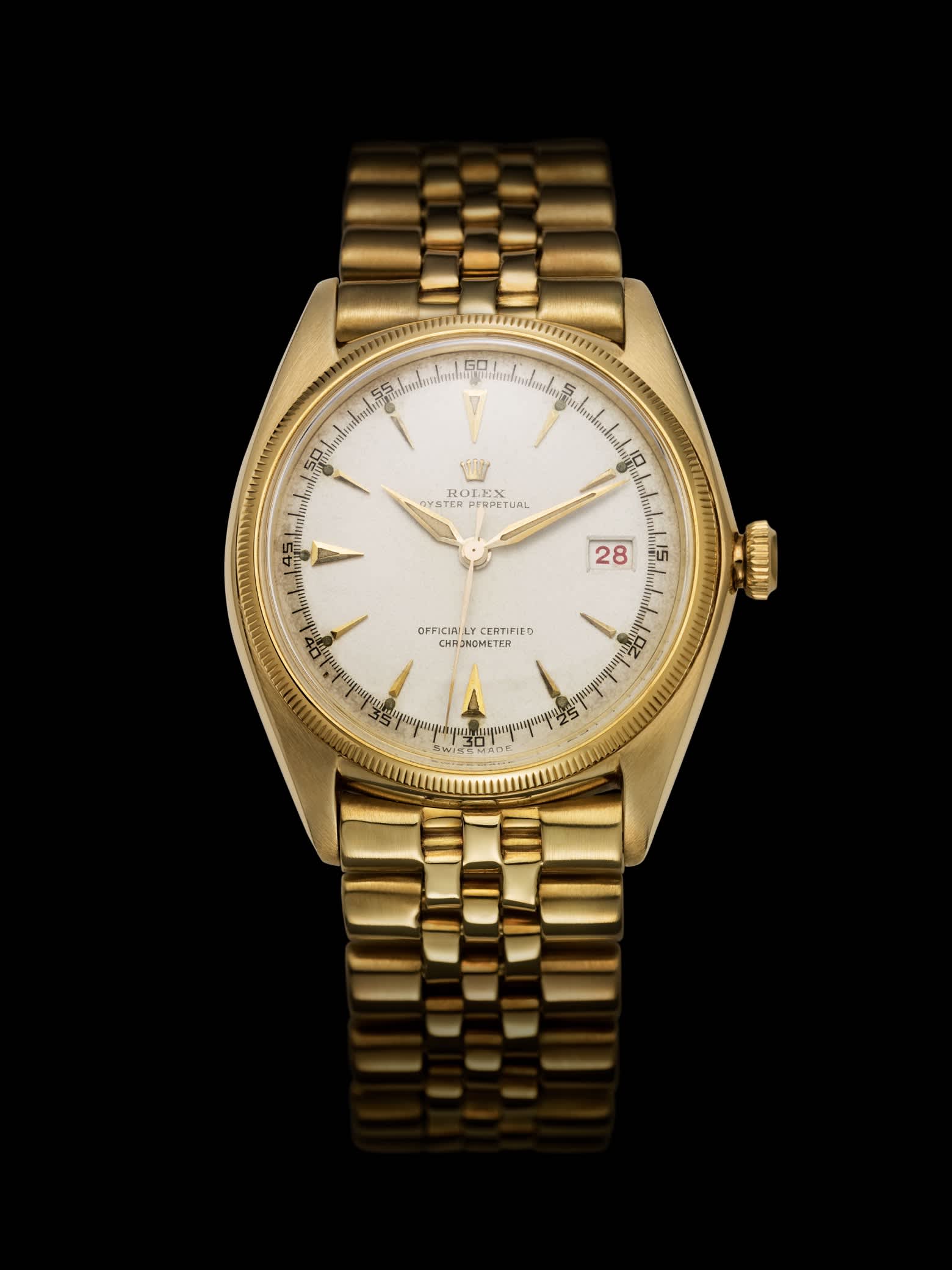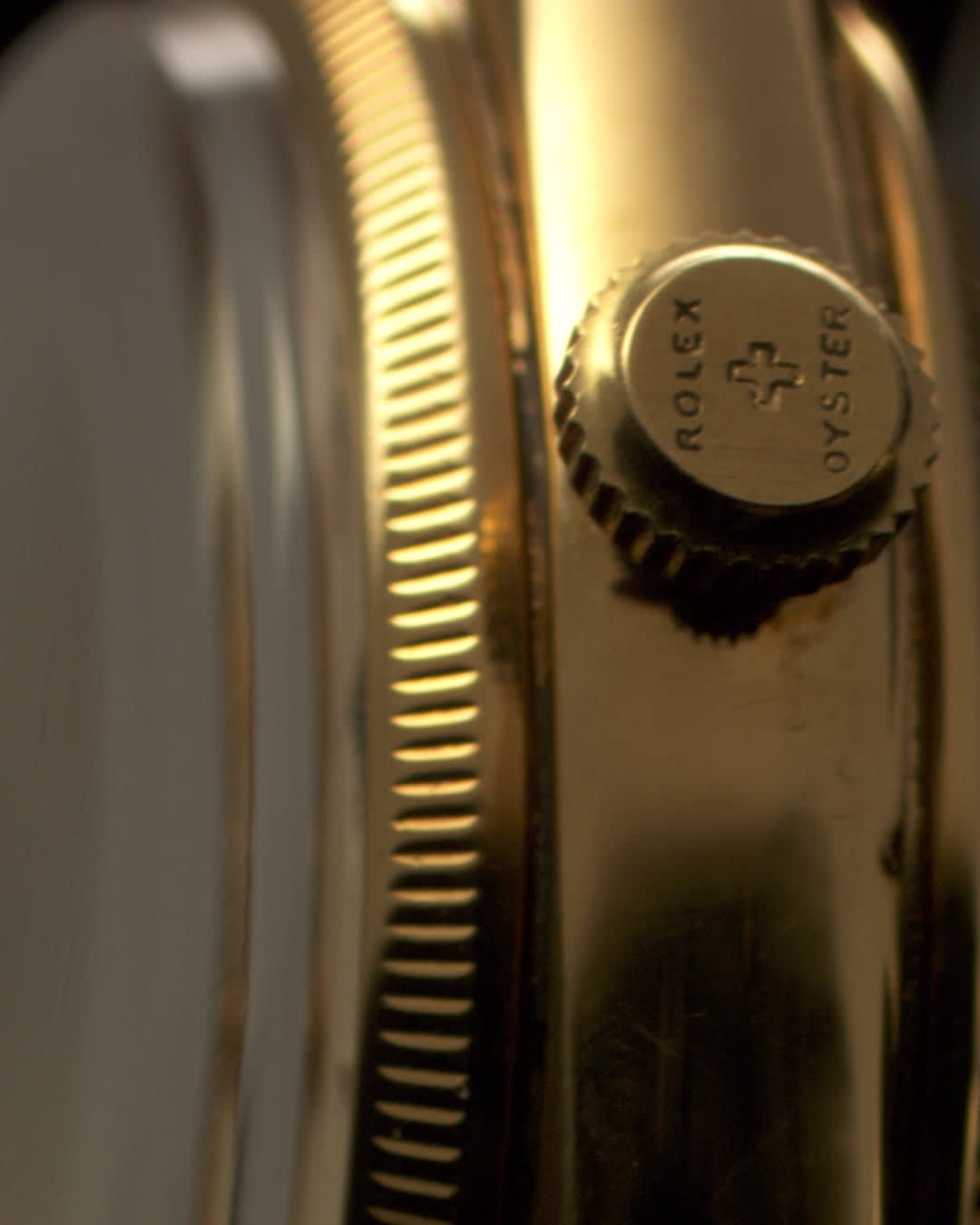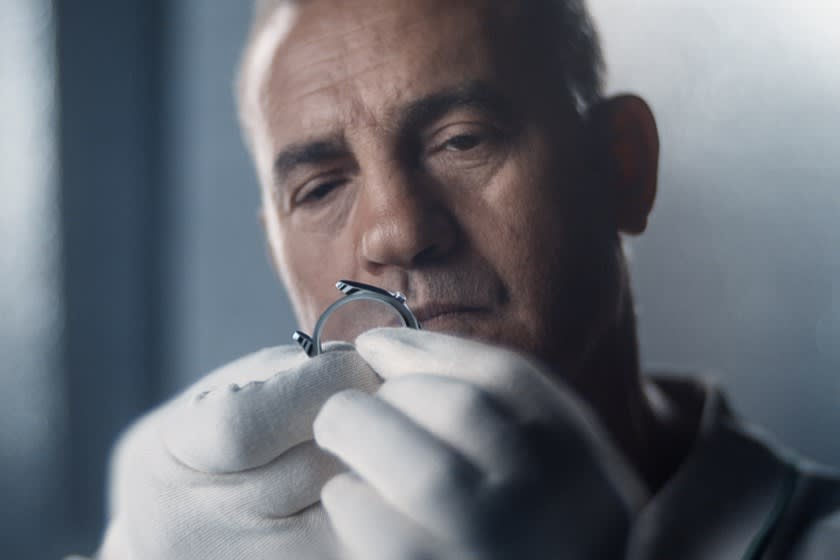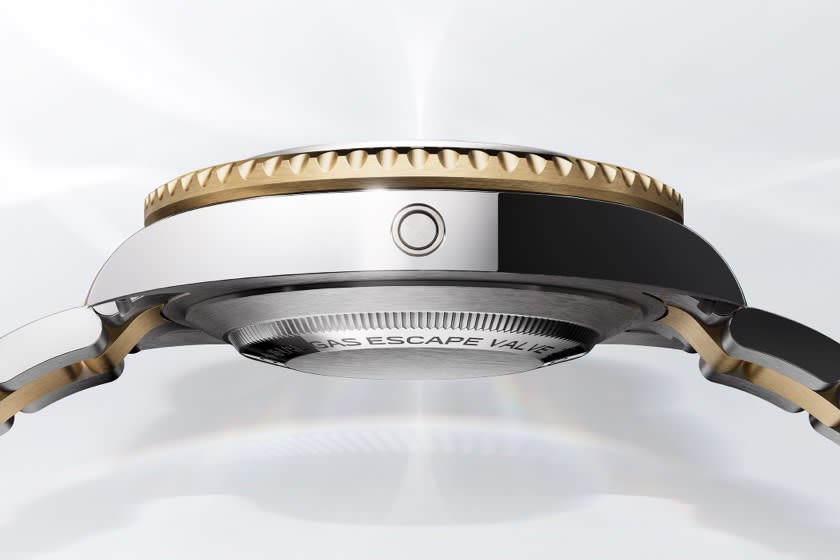The gift of time
His greatest legacy was the “beautiful work” upon which the success of the company depends and the ethos he instilled to push back the limits of the possible, which underpins every aspect of the brand’s interests from its watchmaking to its support for Testimonees and partners who reach for the pinnacle of achievement.
In bequeathing his philosophy to Rolex, he left a profound sense of continuity, a rare focus on the long term in a world distracted by immediacy. A philosophy that imbues every Rolex timepiece – built to last.
He died in 1960, but his spirit lives on in the values he instilled in the company. They belong eternally to Hans Wilsdorf. They are Perpetual.
Over the years, watchmaking thus represented far more than a business: in striving for perfection, he wanted to open new possibilities and to share them. He became driven by a desire to make a better world.
Today, Hans Wilsdorf’s legacy goes on and on – perpetually – just like his self-winding watches, as he made sure that the proceeds from Rolex would be used as a continuing investment in future generations.

